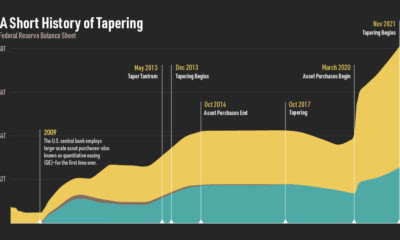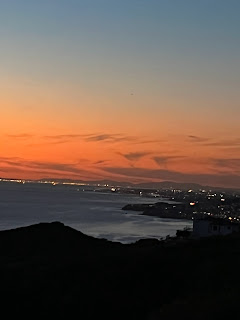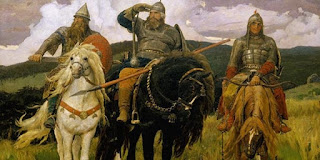Our Galaxy, the Milky Way, has over 100 thousand million stars. And based on data from NASA's New Horizons space probe, we now estimate that our Universe contains roughly 200 billion galaxies.
The Universe is BIG and filled with mysteries.
Which why I’m so excited about the successful deployment of the James Webb Space Telescope (JWST).
The Webb Telescope is estimated to be 100 times more powerful than its predecessor the Hubble telescope (which has been in operation for an amazing 31 years!).
In today’s blog, I’ll share what scientists believe are the five most important discoveries that the JWST is expected to make.
Let’s dive in!
A NEW WINDOW INTO THE UNIVERSE
A key reason behind JWST’s power is that it is primarily an infrared telescope, whereas Hubble is primarily a visible light telescope.
Infrared is powerful because the oldest light in the Universe is redshifted into the infrared.
This gives JWST the ability to peer further and deeper into the Universe—seeing objects that are impossible for Hubble to observe. For example, JWST will allow us to take pictures of the Universe when it was just 100 million years old.
Additionally, visible light can’t pass through dust, but infrared can. So JWST will enable us to see through obscured and dusty regions of space, such as stellar nebulae.
Now that we can look at such regions of the Universe, what will we find?
THE 5 MOST IMPORTANT DISCOVERIES JWST IS EXPECTED TO MAKE
#1. How are stars and planets formed?
Star systems are formed inside stellar nebulae and are often obscured by dust.
Because of this, the exact dynamics of star system formation are still not well characterized. For example, we are not sure if our solar system is typical or atypical, or why most stars form in groups, according to NASA.
The Webb Telescope should enable us to image the inside of these systems and capture protoplanet and protostar formation.
Determining if our solar system is typical or atypical may also help us better understand our place in the Universe.
The great inventor and science-fiction author Sir Arthur C. Clarke, who was also a close friend and mentor of mine, put it best when he said:
“Two possibilities exist: either we are alone in the Universe or we are not. Both are equally terrifying."
#2. What Did the First Galaxies and Stars Look Like?
The first several hundred million years of the Universe’s existence are shrouded in mystery.
Our models of how the first stars and galaxies formed, riding the condensation of dark matter halos, are lacking observational data to either confirm or falsify them.
This is because the early Universe is only visible in infrared, requiring a telescope of JWST’s scale to image.
Using data collected from these observations, we will be able to answer questions about how the first stars and galaxies formed in the Universe, which will have profound implications for our cosmological models, especially regarding the great mystery of dark matter.
#3. What did the first blackholes look like? And why does every galaxy have a supermassive blackhole at its center?
Every galaxy is known to have a supermassive black hole at its center. But we are still unsure about how exactly these behemoths formed.
Our current theories predict that the first stars may have collapsed to form these giants.
However, we are not sure how they were able to get so big so quickly, forming the incredibly bright quasars that we can still observe over 13 billion years later.
The JWST should enable us to peer back and discover their origin story.
#4. Is there another planet like Earth? Can we detect life elsewhere—both in the solar system and beyond?
JWST will enable us to directly image large exoplanets and take spectroscopy readings of many more.
This is important because it enables us to determine the chemical composition of exoplanet atmospheres.
If some of these planets are harboring life, there could be possible biosignatures in the ratios of chemical elements that are different than what is geochemically normal.
It’s possible that we will detect these biosignatures of alien life, especially in systems like the nearby TRAPPIST-1. We can also do the same closer to home, turning JWST on the moons of Titan and Europa.
#5. What is the true rate of universal expansion?
Recently, cosmologists have found discrepancies in different measurements of the rate of the Universe’s expansion.
This discrepancy is known as the “Hubble tension,” and it stems from making measurements of the local galaxies and of the cosmic microwave background and comparing notes.
But the precision of local measurements is notably obscured by dust, something that JWST can address.
With newer, more precise measurements, astronomers will learn whether this discrepancy indicates new physics, or is simply measurement error.
FINAL THOUGHTS: INNOVATION ABOVE AND BELOW
The importance of the measurements coming from the JWST for the fields of astronomy and physics can’t be understated.
JWST has the potential to completely rewrite our understanding of the Universe—from how galaxies and stars are formed to the structure of planetary systems.
And that’s not even mentioning the possible scientific inquiry into signs of alien or intelligent life.
We truly are living during the most exciting time ever in human history!





























